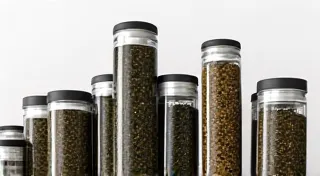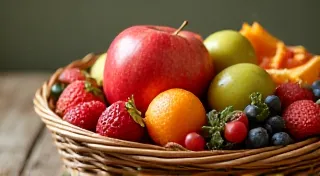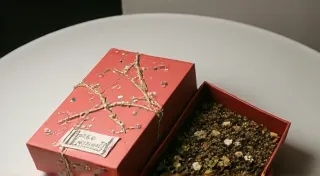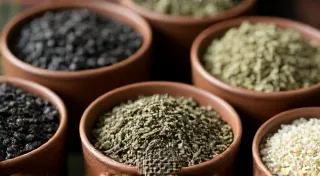Creating a Seasonal Tea Blend for Autumn
As the leaves turn golden and the air grows crisp, there’s no better feeling than wrapping yourself in a warm, comforting cup of tea. While store-bought options abound, crafting your own seasonal tea blend offers a uniquely satisfying experience – allowing you to tailor the aroma and flavor profile exactly to your preferences. This guide will walk you through creating a delicious Autumn Tea Blend, a symphony of warming spices and comforting fruits that embodies the essence of the season. Whether you've been blending teas for years or are a complete beginner, this recipe and explanation will provide a solid foundation for your tea blending journey. Let's dive into the art of tea blending!
Understanding the Elements of Autumn Flavor
Autumn flavor profiles are all about warmth, sweetness, and a touch of spice. Think of classic autumn treats: pumpkin pie, apple crisp, spiced cider. We want to evoke those sensations in our tea. Here’s a breakdown of the key components we’ll be working with:
- Warm Spices: Cinnamon, clove, nutmeg, ginger – these provide the foundational warmth and aromatic complexity.
- Fruit: Dried apple pieces, pear pieces, or even a touch of cranberry offer sweetness and a subtle tartness.
- Base Tea (or Herbal Blend): This is the backbone of your blend. Options include black tea (for a robust flavor), rooibos (naturally caffeine-free and slightly sweet), or a gentle chamomile (for relaxation).
- Aromatics: Orange peel, star anise, or cardamom can add depth and a touch of exoticism.
It's important to note that each ingredient impacts the overall taste profile differently. Spices tend to be potent, so a little goes a long way. Base teas provide structure, while fruits contribute sweetness and texture. Finding the right balance is key to a successful blend.
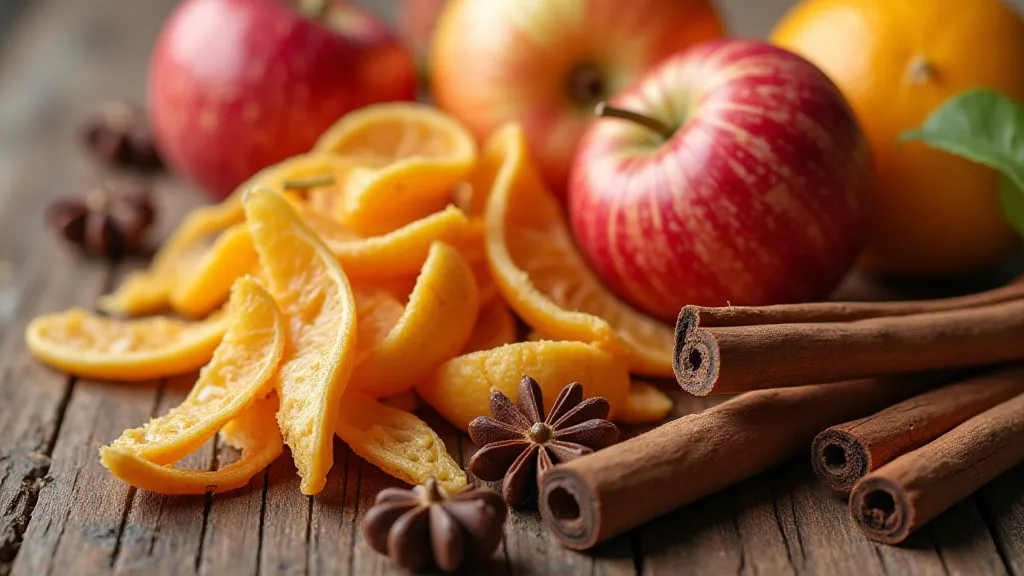
The "Harvest Spice" Autumn Tea Blend Recipe
This recipe provides a starting point. Feel free to adjust the ratios to suit your personal preferences. Measurements are by weight (grams) as this offers greater accuracy than volume.
- Rooibos Tea: 30g – Provides a naturally sweet and caffeine-free base.
- Dried Apple Pieces: 15g – Adds sweetness and a fruity aroma.
- Cinnamon Chips: 5g – Delivers a warm and comforting spice. (Use chips, not ground cinnamon, for better flavor release and less sediment.)
- Clove Buds: 2g – Adds a pungent, warming note. (A little goes a long way!)
- Orange Peel (dried): 5g – Contributes a citrusy brightness.
- Star Anise (optional): 1g – Adds a complex, licorice-like note. (Use sparingly, as it can be quite strong.)
Step-by-Step Blending Instructions
- Gather Your Ingredients: Ensure all ingredients are fresh and fragrant.
- Weigh Ingredients: Accuracy is important. Use a kitchen scale to weigh each ingredient precisely.
- Combine Ingredients: In a clean, airtight container (glass jars are ideal), gently combine all ingredients.
- Mix Thoroughly: Shake or stir the container well to ensure even distribution of all components.
- Store Properly: Store your Autumn Tea Blend in an airtight container away from light, heat, and moisture. Proper storage will preserve the blend's flavor and aroma for longer.
Understanding the Role of Each Ingredient
Let’s delve deeper into why each ingredient is chosen and how it contributes to the overall flavor profile:
- Rooibos: The natural sweetness of Rooibos balances the spice and tartness of the other ingredients, creating a well-rounded flavor.
- Dried Apple Pieces: These provide a familiar, comforting fruitiness that evokes memories of autumn baking. They also contribute to a slightly textured cup of tea.
- Cinnamon Chips: Cinnamon is the star of many autumn desserts. Cinnamon chips provide a steady release of flavor during steeping, preventing bitterness.
- Clove: Clove offers a warm, slightly pungent spice that complements the cinnamon beautifully.
- Orange Peel: The bright citrus notes of orange peel cut through the richness of the other spices, providing a refreshing element.
- Star Anise (optional): If you enjoy a more exotic flavor profile, star anise adds a hint of licorice and a unique aromatic complexity.
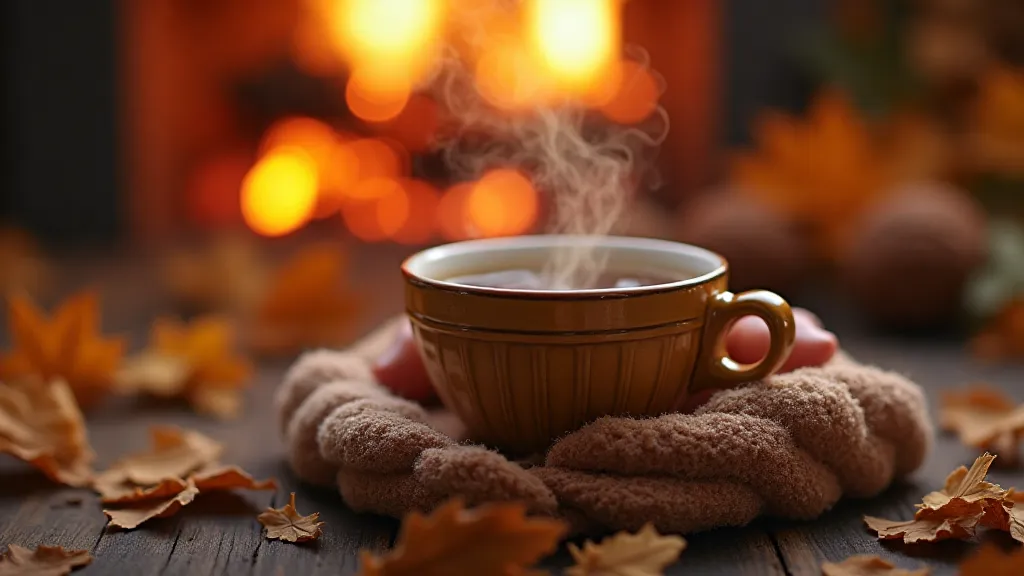
Experimentation and Customization
This recipe is just a starting point. The beauty of tea blending lies in the experimentation! Here are some ideas for customizing your Autumn Tea Blend:
- Adjust Spice Levels: If you prefer a spicier blend, increase the cinnamon or clove. For a milder flavor, reduce the spices.
- Substitute Fruits: Try pear pieces, dried cranberries, or even a touch of pumpkin spice.
- Explore Different Base Teas: A black tea base will create a stronger, more robust blend. A chamomile base will be more calming and relaxing.
- Add a Touch of Sweetness: If you prefer a sweeter tea, consider adding a small amount of dried honey granules.
- Consider Nutmeg or Ginger: These spices can add warmth and complexity to your blend.
Tips for Successful Tea Blending
Here are some helpful tips to ensure your artisan tea blending endeavors are a success:
- Start Small: When experimenting, blend small batches to avoid wasting ingredients if the result isn't what you hoped for.
- Keep Detailed Notes: Record the exact measurements and ratios of each ingredient you use. This will allow you to recreate successful blends and refine your recipes.
- Taste and Adjust: After blending, taste a small sample of the tea and make adjustments as needed.
- Use Quality Ingredients: The quality of your ingredients will directly impact the flavor of your blend. Source your ingredients from reputable suppliers.
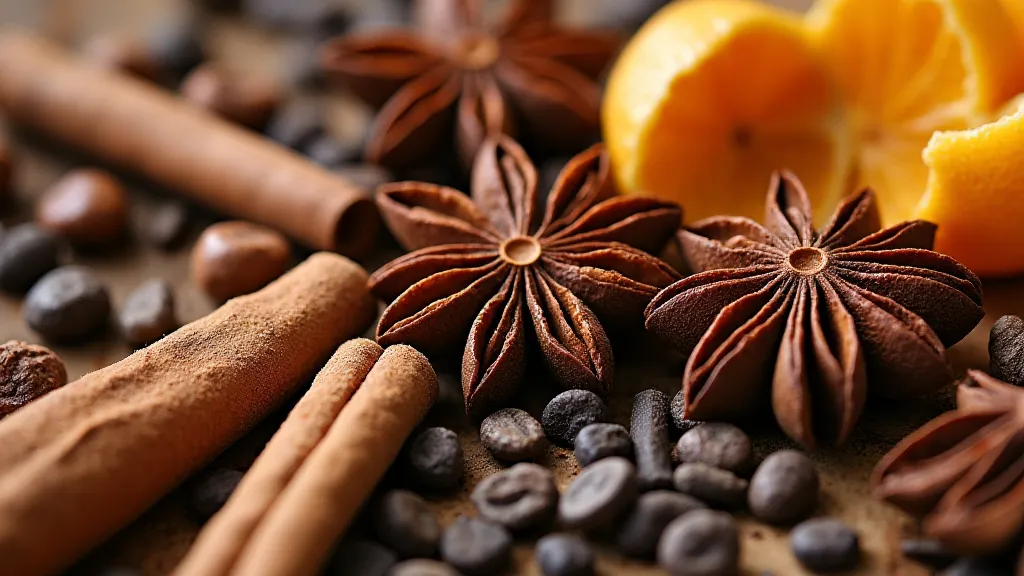
Conclusion
Creating your own seasonal tea blend is a rewarding experience. With a little experimentation and practice, you can craft a unique and comforting tea that perfectly captures the essence of autumn. Embrace the process, enjoy the aroma, and savor the delicious result of your artisan tea creation! Happy blending!

